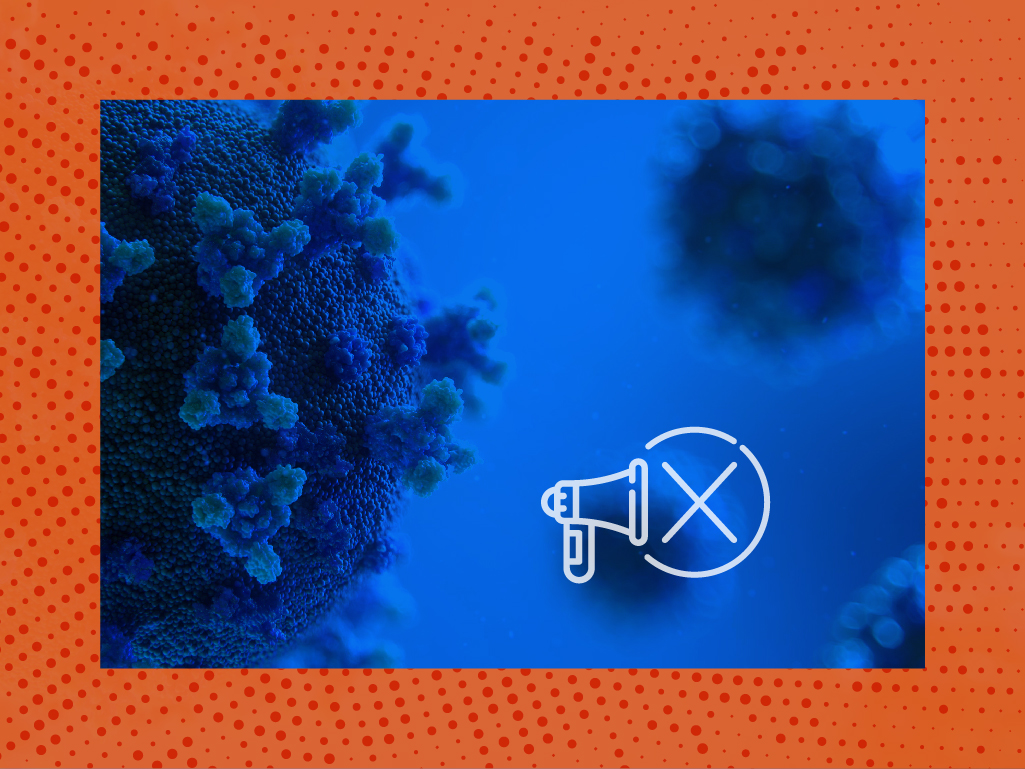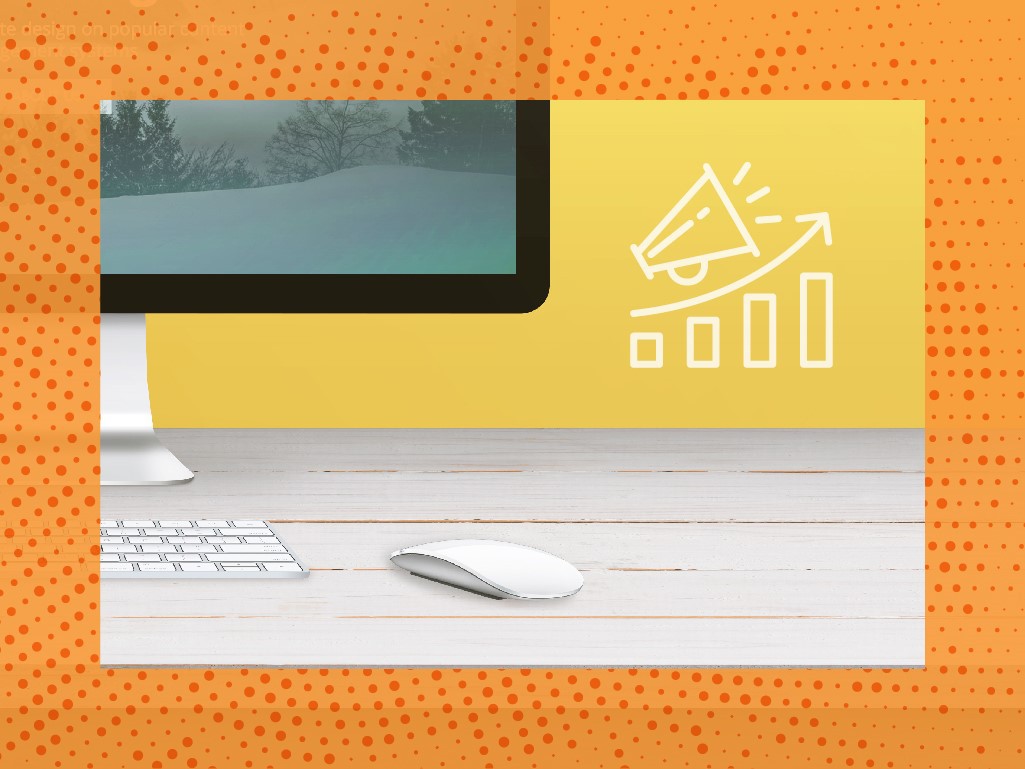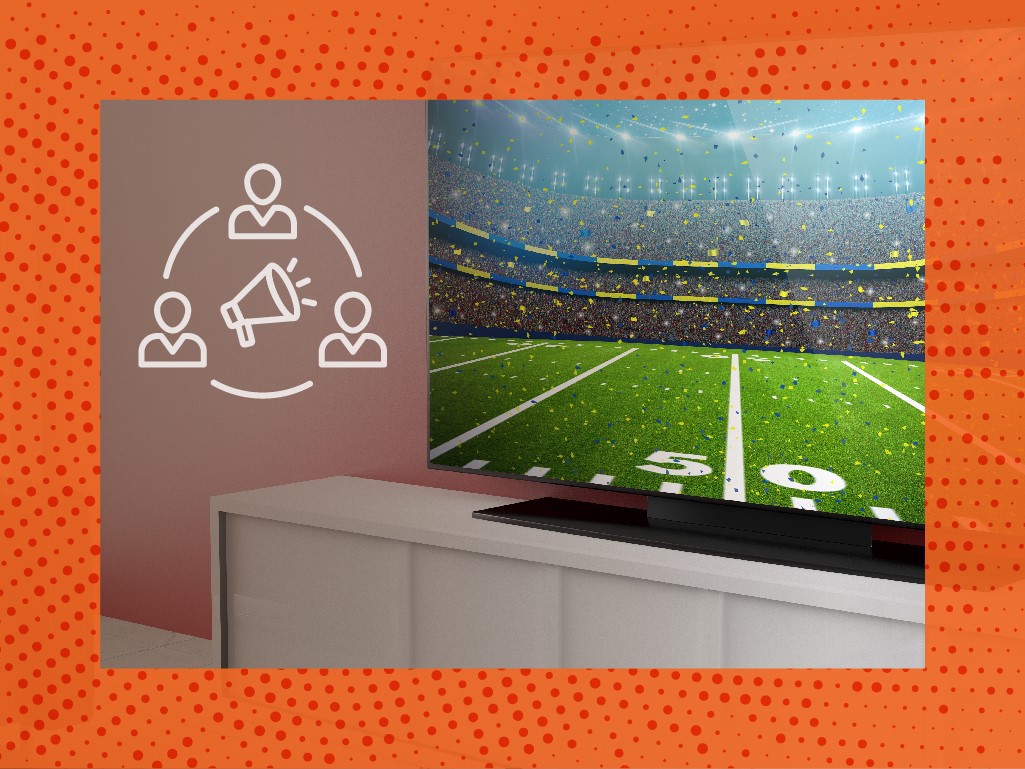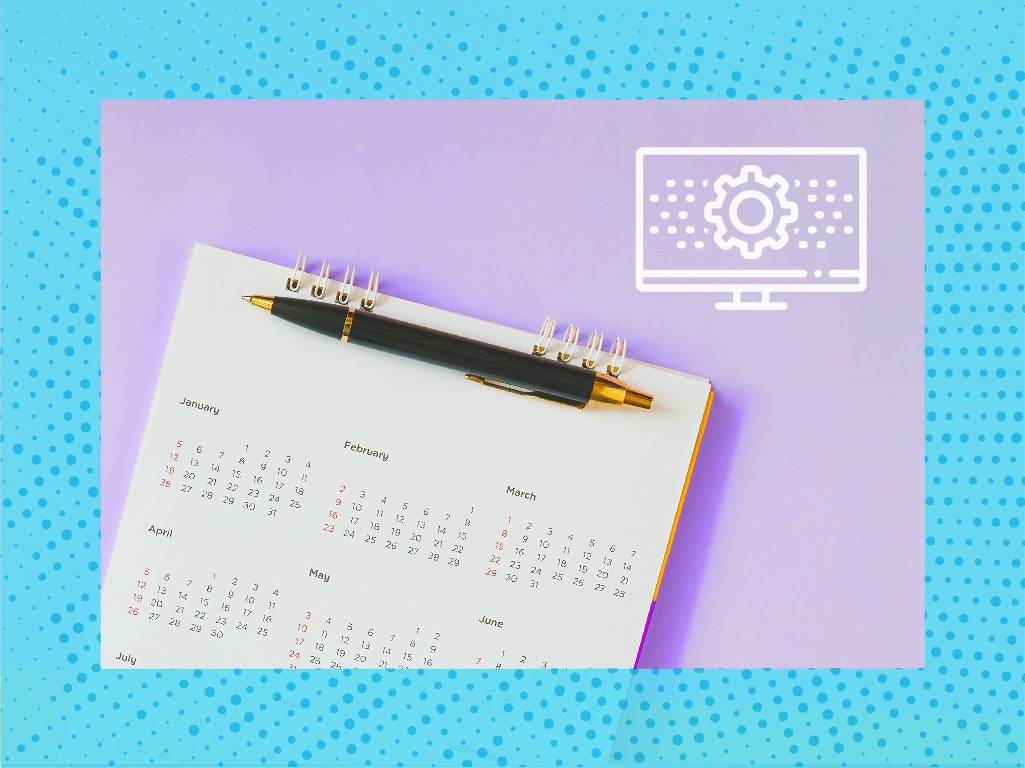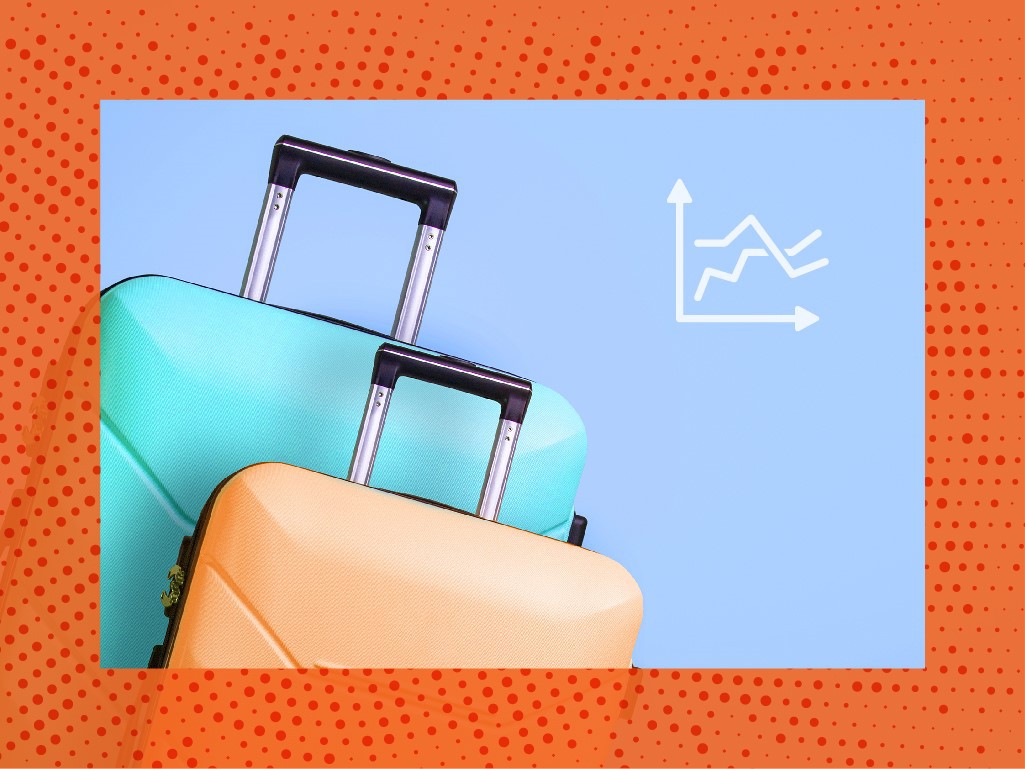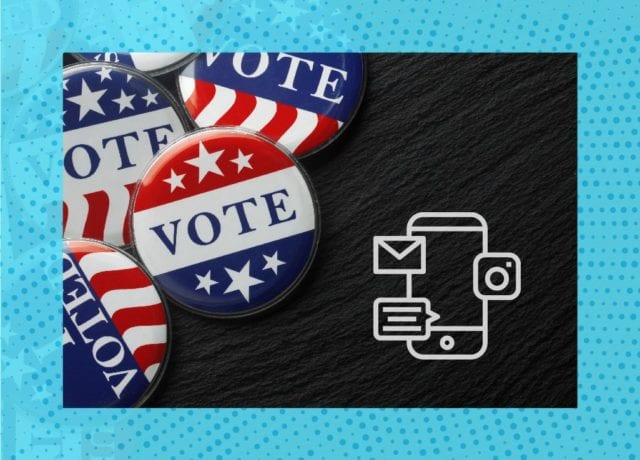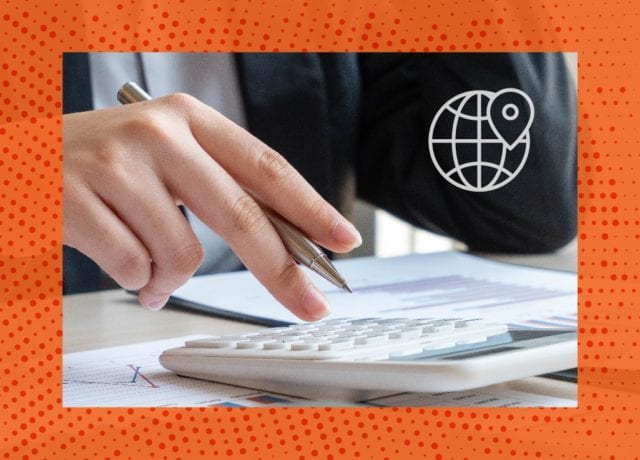Without trade shows in 2020, B2B marketers were forced to quickly reallocate their event budgets. Did marketers shift portions of their budget to digital ads? In short, yes. Using MediaRadar data, we analyzed the behaviors of the top twenty thousand event sponsors and exhibitors from 2019. The data makes it clear that COVID-19 impacted event sponsor advertising strategies—and in certain industries more than others.
The economic repercussions brought on by the pandemic caused some industries to soar this year, while others experienced major losses. Using MediaRadar data, we dive into the ad spending of various consumer industries in a two-part series. First, we will analyze the industries that slashed their ad spending, and have yet to recover. Next week, we will share the categories that significantly increased ad spending.
COVID-19 forced B2B companies to change up their marketing strategies for the year. Forced to throw out events, marketers sought out alternative methods for driving brand awareness and conversions. Many event dollars were redirected to online advertising across B2B websites. Using our data, we can see the B2B industries and companies spending the most money on online advertising. Here, we share our findings.
Sports are back—but they are far from normal. While many consumers are eager to sit back and watch a televised game, others aren’t as eager to jump into the distraction yet. How are consumers responding and what does that mean for advertising?
Events were central to B2B marketing prior to COVID-19. “The number one thing B2B companies spend money on is events,” explained VP and principal analyst of B2B marketing at Forrester Research Laura Ramos. “Now, some companies say they need to figure how to generate demand in other ways, but if we were good at using other methods, we wouldn’t have relied so much on events.”
Early on in the pandemic, many industries slashed advertising spend due to uncertainty and hurting sales numbers. As the initial shock softened and sales began to return, so did the advertising dollars. While not all consumer industries have recovered, these three sectors are increasing their advertising spending.
At the beginning of 2020, B2B print publications received less advertising dollars than the previous year. COVID-19 only accelerated that trend. Here, we dive into how the pandemic is affecting B2B print and the advertising trends shaping the shifts publishers face.
In July, over a thousand advertisers paused their spending on Facebook. The campaign did not have a significant impact on Facebook’s revenue—but did those advertisers divert those dollars elsewhere? MediaRadar did an analysis of thirty large brands who participated in the boycott—including Coca-Cola, Unilever, Verizon, and more—to see how these brands advertised across multiple channels in July.
Traditional B2B marketing plans were scratched this year—shifting many ad dollars to digital channels. Prior to COVID-19, the Center for Exhibition Industry Research reported that B2B marketers who participated in events spent about 40% of their budgets on trade shows, which was five times more than online marketing spending. This year, trade shows and exhibitions are not taking place—and digital B2B ad spending is growing.
Consumer ad spending has had big swings this year. Each industry has had a different response to COVID-19, but flexibility remains at the core of it all. Let’s take a look at the ad spending most impacted by the latest rise in cases.
In May, manufacturing was one of the first industries to start reopening. There were many unresolved issues surrounding employees, supply chains, and bringing back operations. Some companies felt that their markets would be destroyed without outside assistance. Some experienced more bumps than others. For example, it only took two days before a reopened Ford factory reclosed its doors.
MediaRadar research found that the number of advertisers running programmatic ads is up 26% since January. In June, spend levels hit their highest point since January. In fact, spend levels in June were down just 3% when compared to January. Advertising company Criteo also reported that market conditions in May improved and revenue trends were better than expected.
Domestic travel hit its lowest COVID levels in mid-April. As people came out from their homes, local exploration was on the rise. Now, with the recent surge in COVID cases, time spent traveling is dropping once again. Here we share how this turbulent ride is impacting travel advertising.
As the presidential campaign ramps up, there has been discussion about how different social platforms are managing political ads. After the 2016 election, there is a lot of debate surrounding the role of social media in free speech, fact checking and its role in democracy. Each social platform has a different stance. Here’s the latest.
Many states are starting to pause or turn around their reopening plans—indicating that even when businesses start to feel optimistic, things can shift quickly. This makes planning trade shows and large events difficult. Venues, travel reservations and speaker commitments have to be dependable. Due to instability, hopes of in-person events returning this year are looking grim. What does this mean for event organizers and sponsors?
Travel was one of the first industries to get hit by the pandemic—especially business travel. Now, flights are starting to take off again. American recently announced that its July flight schedule was the strongest it’s been since March—but tickets were purchased mostly for leisure, not business. Events have shifted online and virtual meetings have become the norm. Without a vaccine, business travel will be slow to rebound—how are travel brands adjusting to this reality?
Small businesses have cut and reallocated their advertising budgets—often funneling dollars from local channels to Google and Facebook. “Ad spend piping into local channels will be significantly reduced for the long haul,” said Jed Williams, chief strategy officer at Local Media Association. Dollars that traditionally go to billboards, local TV and radio are now going to major digital platforms, as the return on investment is much easier to measure and justify.
As states began to reopen and elective procedures began happening again, medical and big pharma brands drastically increased their advertising spend. In early March spend was up roughly 15% YoY. With the initial shock of COVID, the YoY spend dropped, but by the beginning of April, it was up 71% YoY. Twenty-three different companies are currently working on a coronavirus treatment and/or vaccine, but these companies are not the largest spenders in advertising.
Like the rest of the economy, the automotive market was hit hard by COVID. Over the last couple months, sales have risen and advertising spend has followed. The increase in advertising spend among automakers and related services is occurring at different paces. Plus, creative has gone through a major revamp.
It’s a busy time to work in software and IT. Businesses are transitioning their business models rapidly — and aren’t looking back. With that, there have been changes in software advertising. Cloud computing, network equipment and anti-virus/malware software were among the biggest B2B movers in May, with significant increases in spend.








